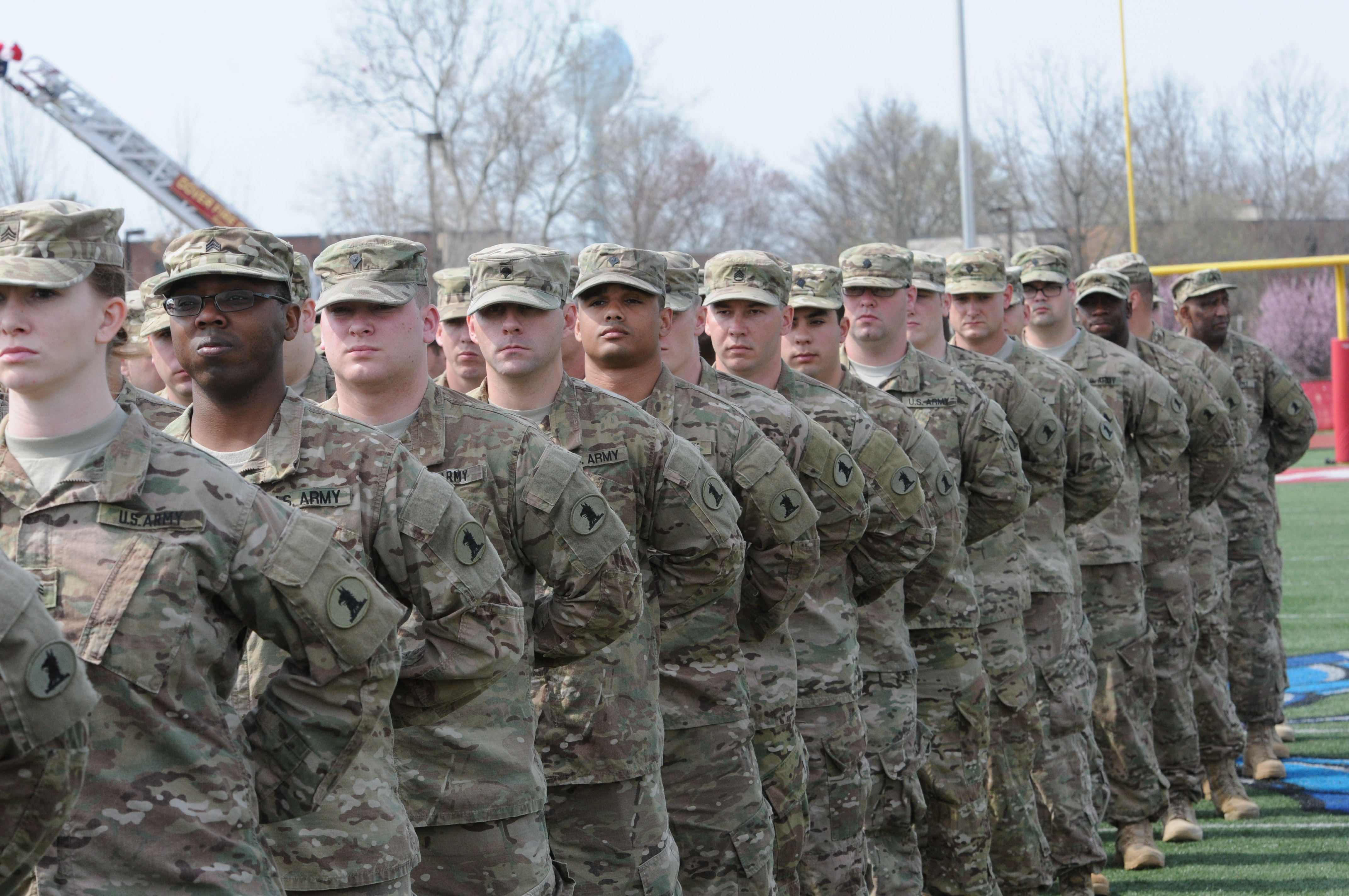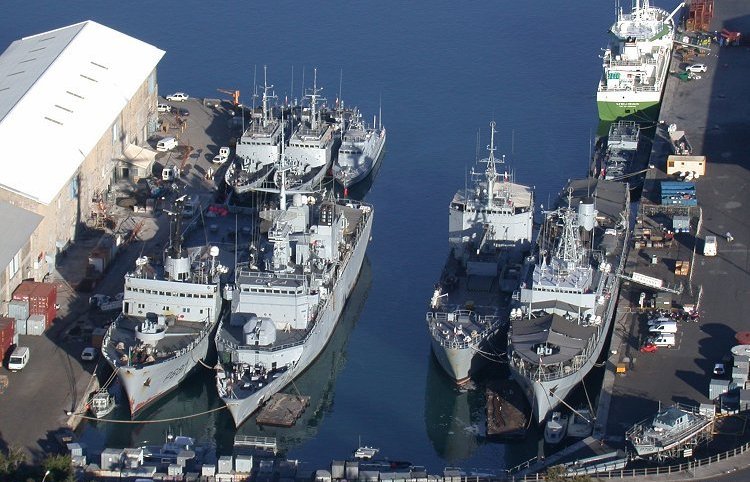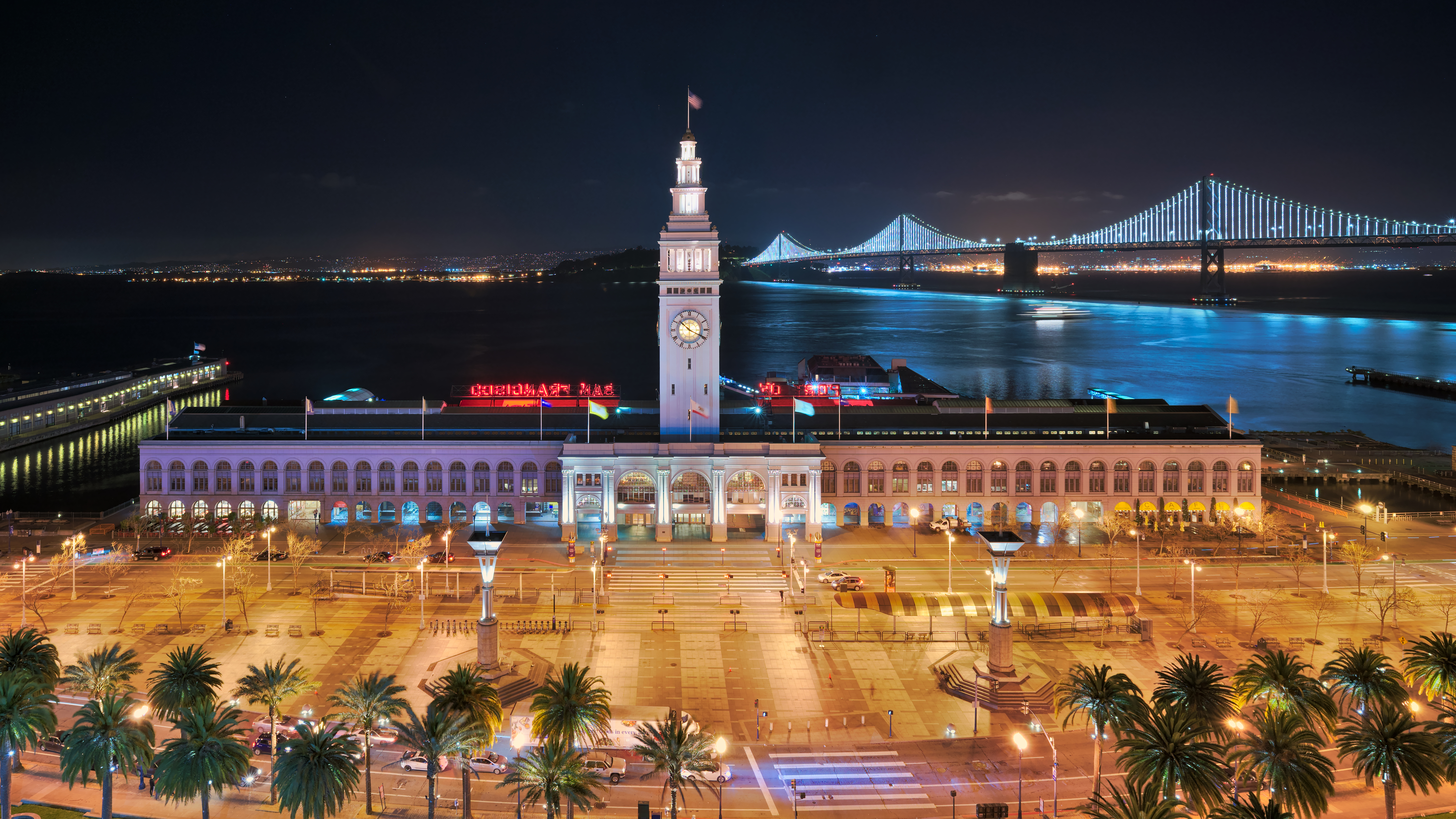|
Rear (military)
In military parlance, the rear is the part of concentration of military forces that is furthest from the enemy (compare its antonym, the front (military), front). The rear typically contains all military logistics, logistic and management elements of the force necessary to combat service support, support the front line forces, and generally constitutes supply depots, ammunition dumps, field hospitals, machine shops, planning/communication facilities, Headquarters, command headquarters, and infrastructure such as roads, bridges, airfields, naval dockyard, dockyards, and train station, railway depots. Military personnel in the rear are usually called the rear detachment, and they are responsible for staffing, supplying, and maintaining the rear elements. The rear is considered a crucial part of military organization, and it can sometimes outnumber the unit's front line force by several times. In aviation, the term second line is used. The expression ''second line'' generally relates ... [...More Info...] [...Related Items...] OR: [Wikipedia] [Google] [Baidu] |
Military Parlance
Military parlance is the vernacular used within the military and embraces all aspects of service life; it can be described as both a "code" and a "classification" of something. Like many close and closed communities, the language used can often be full of jargon and not readily intelligible to outsiders—sometimes this is for military operational or security reasons; other times it is because of the natural evolution of the day-to-day language used in the various units. For example: "Captain, this situation is 'Scale A'", "Scale A" being an army's parlance for "This situation requires the closest of attention and resources and all members of relevance should be present." The military has developed its own slang, partly as means of self-identification. This slang is also used to reinforce the (usually friendly) interservice rivalries. Some terms are derogatory to varying degrees and many service personnel take some pleasure in the sense of shared hardships which they endure and wh ... [...More Info...] [...Related Items...] OR: [Wikipedia] [Google] [Baidu] |
Road
A road is a thoroughfare used primarily for movement of traffic. Roads differ from streets, whose primary use is local access. They also differ from stroads, which combine the features of streets and roads. Most modern roads are paved. The words "road" and "street" are commonly considered to be interchangeable, but the distinction is important in urban design. There are many types of roads, including parkways, avenues, controlled-access highways (freeways, motorways, and expressways), tollways, interstates, highways, and local roads. The primary features of roads include lanes, sidewalks (pavement), roadways (carriageways), medians, shoulders, verges, bike paths (cycle paths), and shared-use paths. Definitions Historically, many roads were simply recognizable routes without any formal construction or some maintenance. The Organization for Economic Co-operation and Development (OECD) defines a road as "a line of communication (travelled way) using a stab ... [...More Info...] [...Related Items...] OR: [Wikipedia] [Google] [Baidu] |
Rear Echelon Mother Fucker
Pogue or POG ( ') is American pejorative military slang for non-combat or non-infantry personnel. History "Pogue" may have entered the American military lexicon during the Civil War through "póg," the Irish language word for "kiss." In this telling, the word "pogue" was popularized by deployed Irish-American sailors who were envious of onshore personnel who still enjoyed the affections of their sweethearts. By World War I, "pogue" was used by U.S. Marines to refer to a male homosexual. In World War II, its definition shifted to Marines thought to be soft or unfit for duty. By the time of the Vietnam War, "pogue" referred to rear echelon support personnel. Paul Dickson's ''War Slang'' humorously defined "pogue" during Operation Desert Storm as "anyone who arrived in the Gulf after you." In the modern Marine Corps and Army, the oft-used acronym "POG"—standing for "Person Other than Grunt," with "grunt" being slang for an infantryman—may have originated as a backronym for " ... [...More Info...] [...Related Items...] OR: [Wikipedia] [Google] [Baidu] |
Rearguard
A rearguard or rear security is a part of a military force that protects it from attack from the rear, either during an advance or Withdrawal (military), withdrawal. The term can also be used to describe forces protecting lines, such as Line of communication, communication lines, behind an army. Even more generally, a rearguard action may refer idiomatically to an attempt at preventing something though it is likely too late to be prevented; this idiomatic meaning may apply in either a military or non-military context. Origins The term rearguard (also ''rereward'', ''rearward'') comes from the Old French ''reregarde'', i.e. "the guard which is behind", originating with the medieval custom of dividing an army into three ''Battle (formation), battles'' or ''wards''; Vanguard, Van, Main (or Middle) and Rear. The Rear Ward usually followed the other wards on the march and during a battle usually formed the rearmost of the three if deployed in Column (formation), column or the left-hand ... [...More Info...] [...Related Items...] OR: [Wikipedia] [Google] [Baidu] |
Rear Admiral
Rear admiral is a flag officer rank used by English-speaking navies. In most European navies, the equivalent rank is called counter admiral. Rear admiral is usually immediately senior to commodore and immediately below vice admiral. It is usually equivalent to the rank of major general in armies. In the U.S. Navy and some other navies, there are two rear admiral ranks. The term originated in the days of naval sailing squadrons and can trace its origins to the British Royal Navy. Each naval squadron was assigned an admiral as its head, who commanded from the centre vessel and directed the squadron's activities. The admiral would in turn be assisted by a vice admiral, who commanded the lead ships that bore the brunt of a battle. In the rear of the squadron, a third admiral commanded the remaining ships and, as this section was considered to be in the least danger, the admiral in command of it was typically the most junior. This has continued into the modern age, with rear ... [...More Info...] [...Related Items...] OR: [Wikipedia] [Google] [Baidu] |
Military Organization
Military organization (American English , AE) or military organisation (British English , BE) is the structuring of the armed forces of a State (polity), state so as to offer such military capability as a military policy, national defense policy may require. Formal military organization tends to use hierarchical forms (see Military organization#Modern hierarchy , Modern hierarchy for terminology and approximate troop strength per hierarchical unit). In some countries, paramilitary forces are included in a nation's armed forces, though not considered military. Armed forces that are not a part of military or paramilitary organizations, such as Insurgency, insurgent forces, often emulate military organizations, or use these structures. History The use of formalized Military rank, ranks in a hierarchical structure came into widespread use with the Roman Army. The Roman Army was organized into Roman legion, legions, each comprising around 5000 soldiers and led by a Legate (anc ... [...More Info...] [...Related Items...] OR: [Wikipedia] [Google] [Baidu] |
Military Personnel
Military personnel or military service members are members of the state's armed forces. Their roles, pay, and obligations differ according to their military branch (army, navy, marines, coast guard, air force, and space force), rank ( officer, non-commissioned officer, or enlisted recruit), and their military task when deployed on operations and on exercise. Terminology Military personnel who serve in an army or otherwise large land force are referred to as soldiers. Those who serve in a navy, coast guard, or other seagoing force are seamen or sailors. Naval infantry or marines are personnel who serve both on land and at sea, and may be part of a navy or a marine corps. Personnel who serve in air forces are airmen. Space force personnel typically do not have a specific term given how few exist, but in the U.S. Space Force personnel are referred to as guardians. Designated leaders of military personnel are officers. These include commissioned officers, warrant offic ... [...More Info...] [...Related Items...] OR: [Wikipedia] [Google] [Baidu] |
Train Station
A train station, railroad station, or railway station is a railway facility where trains stop to load or unload passengers, freight, or both. It generally consists of at least one platform, one track, and a station building providing such ancillary services as ticket sales, waiting rooms, and baggage/freight service. Stations on a single-track line often have a passing loop to accommodate trains travelling in the opposite direction. Locations at which passengers only occasionally board or leave a train, sometimes consisting of a short platform and a waiting area but sometimes indicated by no more than a sign, are variously referred to as "stops", " flag stops", " halts", or "provisional stopping places". The stations themselves may be at ground level, underground, or elevated. Connections may be available to intersecting rail lines or other transport modes such as buses, trams, or other rapid transit systems. Terminology ''Train station'' is the terminology typic ... [...More Info...] [...Related Items...] OR: [Wikipedia] [Google] [Baidu] |
Naval Dockyard
A naval base, navy base, or military port is a military base, where warships and naval ships are docked when they have no mission at sea or need to restock. Ships may also undergo repairs. Some naval bases are temporary homes to aircraft that usually stay on ships but are undergoing maintenance while the ship is in port. In the United States, the United States Department of the Navy's General Order No. 135 issued in 1911 as a formal guide to naval terminology described a naval station as "any establishment for building, manufacturing, docking, repair, supply, or training under control of the Navy. It may also include several establishments". A naval base, by contrast, was "a point from which naval operations may be conducted". In most countries, naval bases are expressly named and identified as such. One peculiarity of the Royal Navy and certain other navies which closely follow British naval traditions is the concept of the stone frigate: a naval base on land that is named like ... [...More Info...] [...Related Items...] OR: [Wikipedia] [Google] [Baidu] |
Airfield
An aerodrome, airfield, or airstrip is a location from which aircraft flight operations take place, regardless of whether they involve air cargo, passengers, or neither, and regardless of whether it is for public or private use. Aerodromes include small general aviation airfields, large commercial airports, and military air bases. The term ''airport'' may imply a certain stature (having satisfied certain certification criteria or regulatory requirements) that not all aerodromes may have achieved. That means that all airports are aerodromes, but not all aerodromes are airports. Usage of the term "aerodrome" (or "airfield") remains more common in Commonwealth English, and is conversely almost unknown in American English, where the term "airport" is applied almost exclusively. A water aerodrome is an area of open water used regularly by seaplanes, floatplanes or amphibious aircraft for landing and taking off. In formal terminology, as defined by the International Civil ... [...More Info...] [...Related Items...] OR: [Wikipedia] [Google] [Baidu] |
Bridge
A bridge is a structure built to Span (engineering), span a physical obstacle (such as a body of water, valley, road, or railway) without blocking the path underneath. It is constructed for the purpose of providing passage over the obstacle, which is usually something that is otherwise difficult or impossible to cross. There are many different designs of bridges, each serving a particular purpose and applicable to different situations. Designs of bridges vary depending on factors such as the function of the bridge, the nature of the terrain where the bridge is constructed and anchored, the material used to make it, and the funds available to build it. The earliest bridges were likely made with fallen trees and stepping stones. The Neolithic people built boardwalk bridges across marshland. The Arkadiko Bridge, dating from the 13th century BC, in the Peloponnese is one of the oldest arch bridges in existence and use. Etymology The ''Oxford English Dictionary'' traces the origin of ... [...More Info...] [...Related Items...] OR: [Wikipedia] [Google] [Baidu] |
Infrastructure
Infrastructure is the set of facilities and systems that serve a country, city, or other area, and encompasses the services and facilities necessary for its economy, households and firms to function. Infrastructure is composed of public and private physical structures such as roads, railways, bridges, airports, public transit systems, tunnels, water supply, sewers, electrical grids, and telecommunications (including Internet connectivity and broadband access). In general, infrastructure has been defined as "the physical components of interrelated systems providing commodities and services essential to enable, sustain, or enhance societal living conditions" and maintain the surrounding environment. Especially in light of the massive societal transformations needed to mitigate and adapt to climate change, contemporary infrastructure conversations frequently focus on sustainable development and green infrastructure. Acknowledging this importance, the international co ... [...More Info...] [...Related Items...] OR: [Wikipedia] [Google] [Baidu] |








